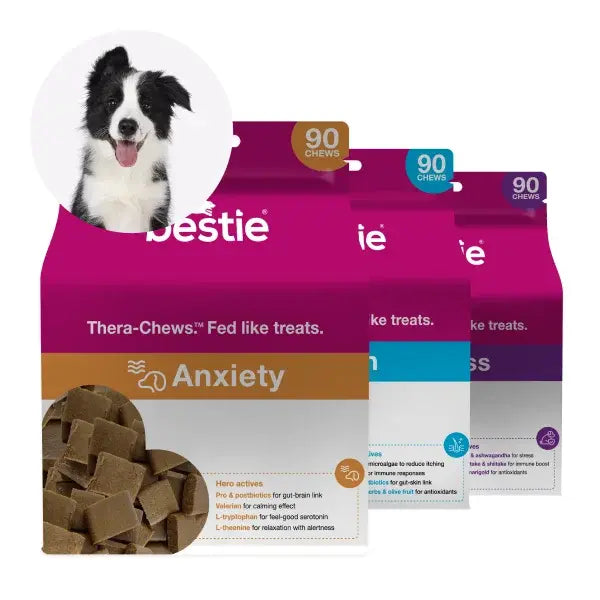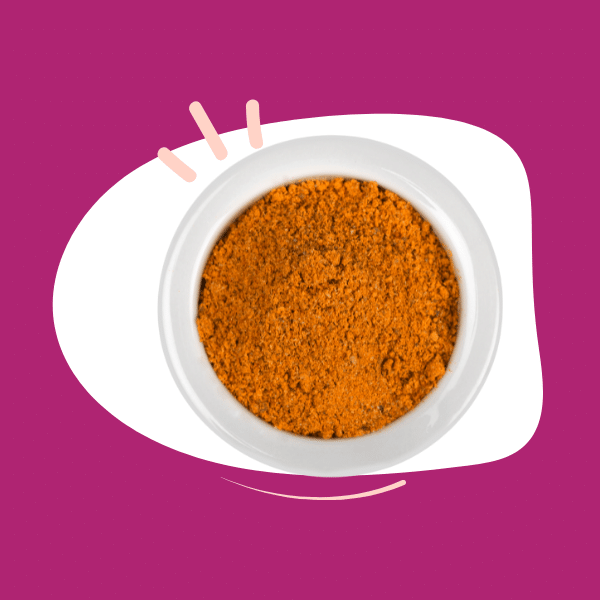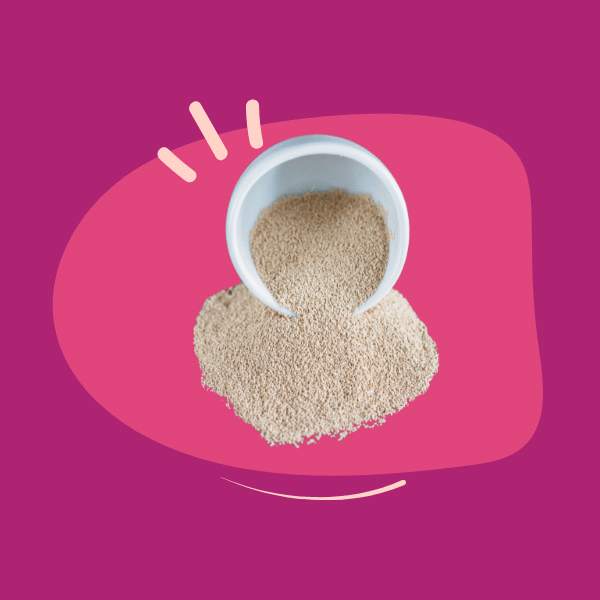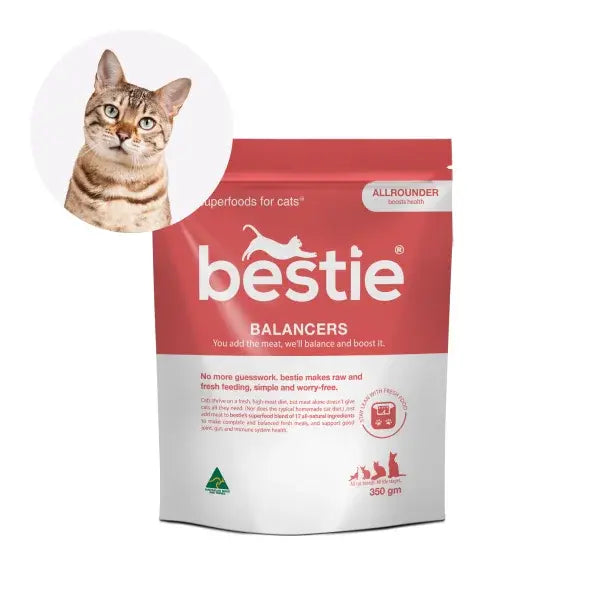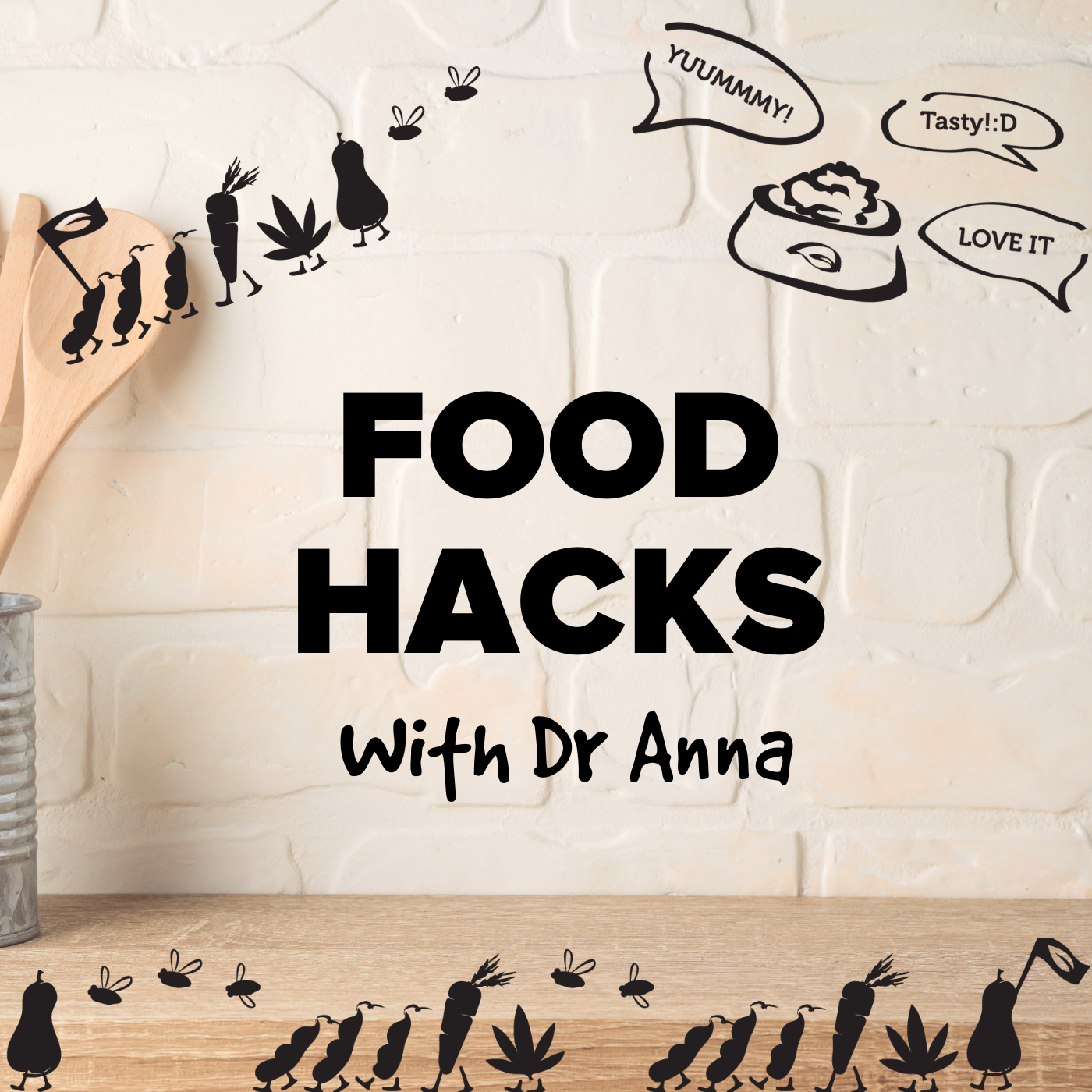Feeding cats raw or fresh food – what’s the recipe? Is a supplement, especially one that has veges, fruit, and other goodies, really necessary? It turns out that obligate doesn’t really mean, eat meat, and nothing else…
Recently we released our balancing supplement for cats. When added to fresh meat, it makes a complete and balanced meal, and supports gut, immune system and joint health. A couple of people have queried why this is necessary, given that cats are obligate carnivores.
So what exactly, does obligate carnivore actually mean?
In simple terms, an obligate carnivore is an animal that must eat meat in order to thrive. They may eat other foods, such as fruits, honey, grains, and so forth, but they need meat - and a lot of it - in their diet.
But just how much meat is that?
In more technical terms, cats need a diet that consists of 69.5% water, and contains 62.7% crude protein, 22.8% fat, 11.8% ash and 2.8% nitrogen free extract (NFE) on a dry matter basis.
That ‘calculated diet’ comes from a study that uses feral cats as a free-ranging model for domestic cats, and reviews 27 studies containing dietary information of feral cats based on 6666 stomach, gut and scat samples.[1].
(The authors noted that the genetic variation between domestic and feral cats is negligible and metabolic adaptations are not likely to differ, making the feral cat a highly suitable free-roaming model for the domestic house cat.)
Another study on voluntary macronutrient selection by adult domestic cats, showed that when given the choice, adult cats select about 52 % of daily energy intake from protein, 36% from fat and 12% from carbohydrate.
(And if you’re wondering if cats know what they’re doing when given free selection, think again. It’s been “unequivocally demonstrated that predators…do in fact regulate and balance their intake of multiple nutrients, notably protein and lipid”.)[2]
None of this means that “cats can only obtain their nutritional requirements through consuming animal tissue. This is incorrect from a nutritional perspective as animals, including cats, need nutrients and not specific ingredients.”[3][My italics.]
In fact, the feral cat diet study found that 21 of the 27 studies reported small amounts of plant material being found in the scats, stomach and gut content of feral cats. Another study reported that cats frequently consume vegetation consisting mostly of a few strands of grass. It’s also been noted that although cats are obligate carnivores, wild felids consume the hair, bone and skin of their prey that may act as a source of dietary fibre.
It’s worth highlighting this however: the nutrient profile talked about above, originates from a cat population in which nutrition is a precondition for survival and procreation. In domestic cats, the nutritional goals may have gone beyond this, and are based on optimising health and longevity and as such may not be optimal.
A key aspect of this is lifespan: the median lifespan of a feral cat has been reported to be 4·7 years, while the domestic house cat has an average life expectancy of 12–14 years. “Although such a nutrient profile may reflect the profile to which the cat’s metabolic system has adapted, the question is whether it may be considered ‘optimal’ for today’s nutritional goals in pet feeding.” (Plantinga, 2001)
Coming back to our supplement for a moment, when the bestie supplement is combined for example with lean beef mince, the resulting meal is about 65% moisture, 65% protein, 26% fat, 5% ash and 4% carbs.
That’s pretty close the diet of a feral cat. (We also recommend rotating proteins, and as these are 90% of the bestie + meat diet, the amounts of CP, fat, ash etc will fluctuate.)
And if you'd like an easy way to feed your cat a fresh complete and balance diet, you can learn more about our bestie supplement for cats, here.
SOURCES
[1] Plantinga, E., Bosch, G., & Hendriks, W. (2011). Estimation of the dietary nutrient profile of free-roaming feral cats: Possible implications for nutrition of domestic cats. British Journal of Nutrition, 106(S1), S35-S48. doi:10.1017/S0007114511002285
[2] Hewson-Hughes, Adrian K. et al. “Geometric analysis of macronutrient selection in the adult domestic cat, Felis catus.” The Journal of experimental biology 214 Pt 6 (2011): 1039-51 .
[3] Verbrugghe, A.; Hesta, M. Cats and Carbohydrates: The Carnivore Fantasy? Vet. Sci. 2017, 4, 55.



